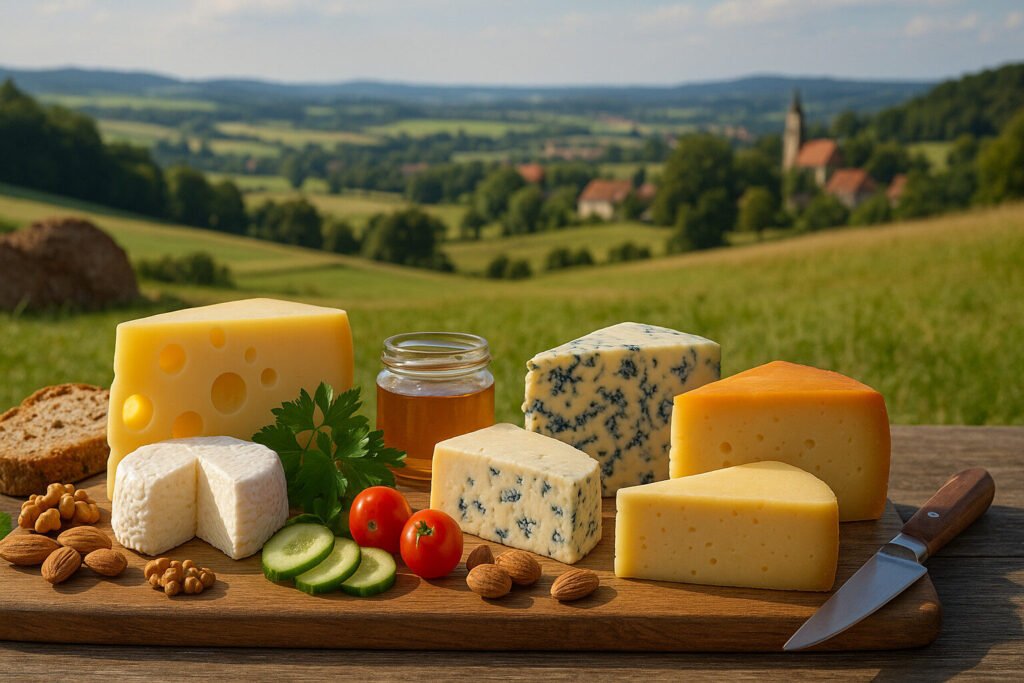Cheese Of Southern Germany
Introduction to Southern German Cheese
Southern Germany is renowned for its rich cheese-making traditions, which have been cultivated over centuries. The region’s diverse landscapes and climates contribute to the unique flavors and textures found in its cheeses.
Many of these cheeses are made from cow’s milk, reflecting the area’s strong dairy farming heritage. They range from soft and creamy varieties to hard, aged types that are perfect for grating.
Popular Varieties of Southern German Cheese
Among the most famous cheeses from Southern Germany is Allgäuer Emmentaler, known for its distinctive holes and nutty taste. Another beloved variety is Bergkäse, a mountain cheese that is often aged for several months.
Weisslacker is a lesser-known but highly flavorful cheese, characterized by its strong aroma and spicy notes. These cheeses are often enjoyed on their own or as part of traditional German dishes.
Production Methods and Techniques
The production of Southern German cheese typically involves traditional methods passed down through generations. Artisan cheesemakers pay close attention to every step, from milk selection to aging processes.
Many cheeses are still produced in small, family-run dairies using raw milk, which helps preserve their authentic flavors. The aging process can vary from a few weeks to several years, depending on the type of cheese.
Culinary Uses and Pairings
Southern German cheeses are versatile in the kitchen and can be used in a variety of culinary applications. They are commonly featured in cheese platters, sandwiches, and baked dishes like Käsespätzle.
These cheeses pair wonderfully with local wines, beers, and breads. For example, a slice of aged Bergkäse complements a glass of Riesling or a hearty dark beer perfectly.
Cultural Significance and Heritage
Cheese-making is an integral part of Southern Germany’s cultural identity and rural economy. It supports local communities and preserves traditional knowledge and skills.
Festivals and markets celebrating these cheeses are common throughout the region, attracting both locals and tourists. This cultural heritage ensures that the art of Southern German cheese-making continues to thrive.

